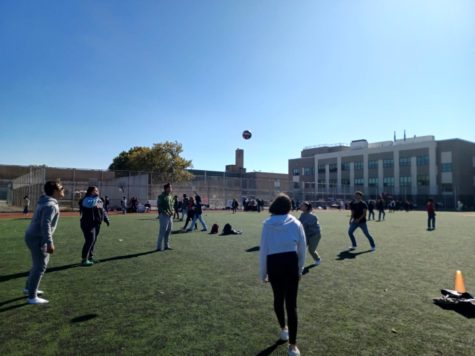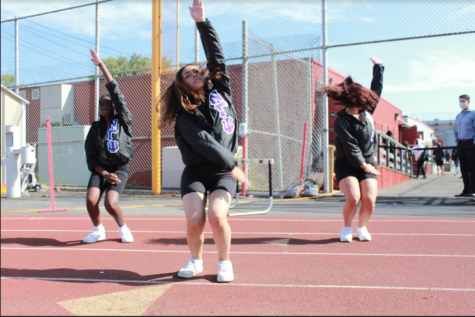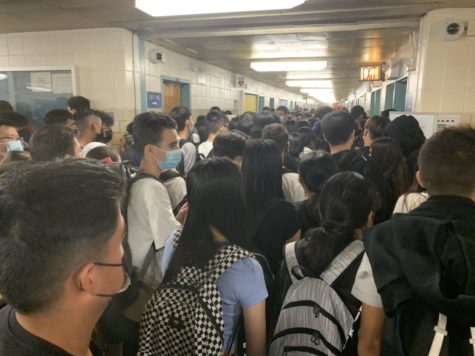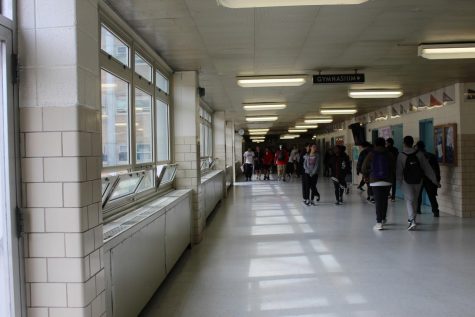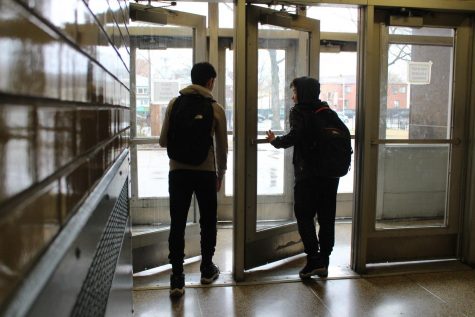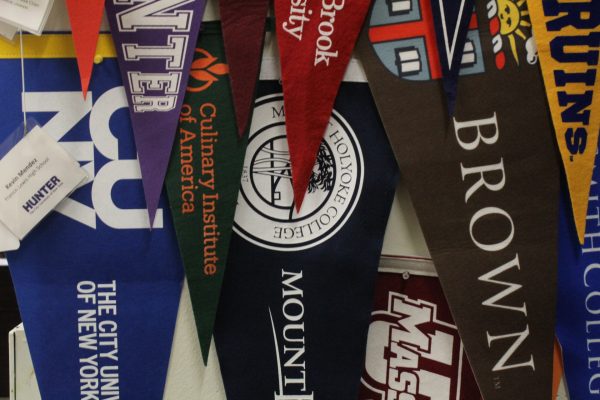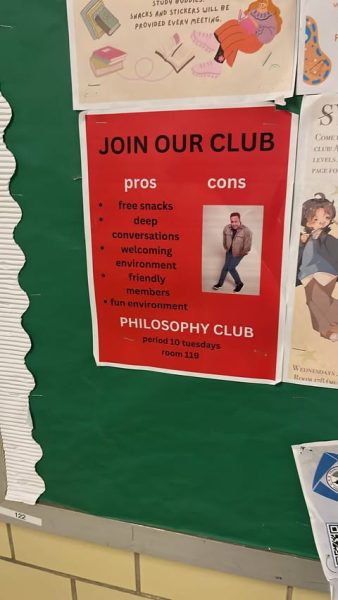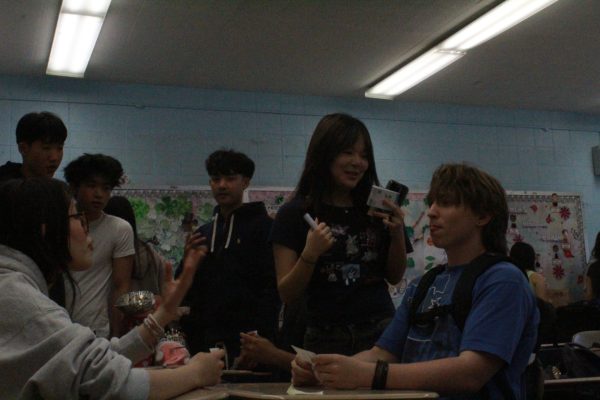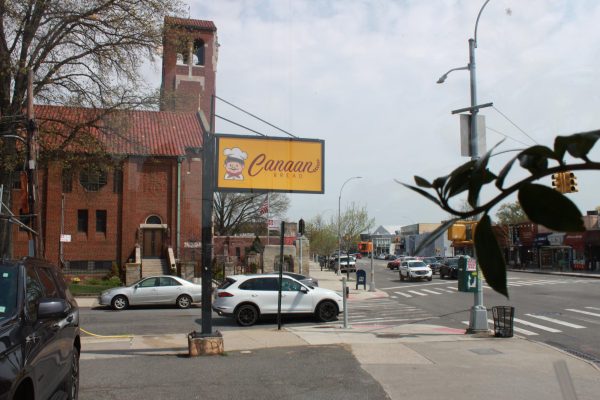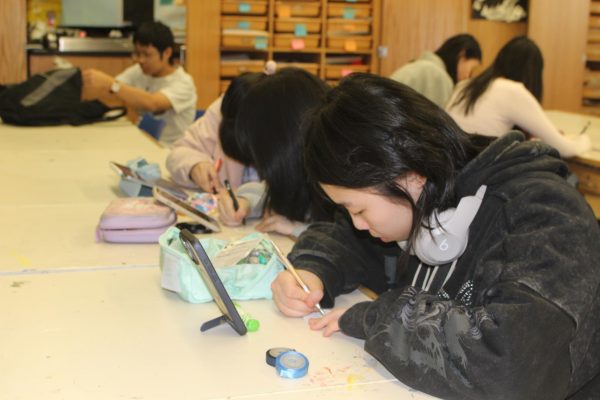Should We Go Back?
On May 7, a 5-year old boy in NYC died of a mysterious pediatric illness, potentially related to symptoms of COVID-19. It would later be known as MIS-C. Now, cases are starting to increase across the country, with over 150 cases in NYC, 3,407 cases in Florida, and reports of new cases in Nevada. A vaccine for this disease, in addition to COVID-19, is still in the process of being developed.
As one of the most overcrowded schools in NYC, a question arises for students and faculty at Francis Lewis High School: Should we go back?
Recently, the New York City Department of Education has released its proposed plans to reopen schools, including mixing online learning and in-person instruction, a.k.a.“Blended Learning”, as well as limiting classroom capacity.
“While it’s impossible to predict what September will look like, there is no question that next year will look different,” said DOE Chancellor Richard A. Carranza, in a Tweet.
“It is clear that ensuring the safety of all of you, our staff, along with our students and families will demand new health protocols, physical distancing, and more changes for the 2020-21 school year,” Carranza said in an email to New York City DOE faculty.
Principal Dr. Marmor provided further information regarding reopening Francis Lewis in his parent Q&A Session on July 15.
“There will certainly be a major effort to limit the movements of students in the school building throughout the day,” Dr. Marmor said. “This means that students at FLHS will no longer have free periods in which they would usually conjugate together.”
Dr. Marmor also addressed the overcrowding issue at Francis Lewis.
“Our current population, on any given day, hovers around 4,500 students,” Dr. Marmor said. “Our building’s normal capacity is 2,100 (students), which puts us usually around 205-210% of our capacity.”
“However, a walkthrough with our reopening team confirmed the original DOE estimates that following the CDC recommendation guidelines for social distancing, we could safely put about 1000 students in the building while following such guidelines. That approximates to around 10 students in each class.”
Dr. Marmor shared his optimism when asked about school sanitation.
“I know that they (janitors) have very strict procedures in place to make sure they clean and sanitize the buildings,” Dr. Marmor said. “All they do now is cleaning, the building is empty. If we get back in September, it will certainly be clean.”
Further information regarding COVID-19 updates involving school lunch, extracurricular activities, social distancing, school-entries, and grading policies at Francis Lewis can be found at francislewishs.org.
As a vaccine for COVID-19 is estimated to take up to 1 ½ years, students shared their views on the possibility of returning to school in September.
“I do not think that we should return to school in September,” sophomore Sruthi Raja said. “It will be far too unsafe and a second wave of COVID-19 is likely to occur.”
Students and faculty have been engaged in remote learning since Governor Cuomo announced that New York City public school buildings would be closed on March 16.
“As much as I know that teachers are trying the best they could, it’s just not the same as if they were really there teaching,” freshman Joseph Chan said.
“My school has done something that seems unusual compared to other schools,” said Thomas Cabrera, a junior attending Xavier High School. “There is not a specific set classroom time over video programs like Zoom. Our teachers post assignments on Google Classroom, and have a question time spread throughout that day.”
Teachers also shared their experience teaching remotely this past school year.
“Remote learning started off with potential but then as students became more withdrawn, so did I,” mathematics teacher Ms. Voyiatzologu said. “It was very difficult when most did not want to participate or even turn their cameras/mics on. Eventually I turned my camera off as well and felt like I was teaching to a screen. If we must continue this in the future, I’m hoping for more participation.”
Surrounding states such as New Jersey have also revealed their plans to re-open schools in September, involving the incorporation of online learning as well as limiting school capacity. Other schools across the country have also constructed their own individual plans to reopen in September. Districts such as ones in Florida have come up with a list of requirements in order to re-open safely, such as adequate testing and school equity, while others are focusing on distribution of resources and containing the virus.
The preparedness and steps that the government has or has not taken remains a concern for many in New York City.
“Some steps that I hope schools take to protect their students once we go back is for schools to try to limit some mass gatherings and try to spread students out,” sophomore Robert Tang said. “Put a greater emphasis on washing hands and wearing face masks.”
Other countries have shown that it is possible to return to school, with heavy precautions. Countries such as Denmark have limited the amount of students in classrooms and enforced social distancing, with other European nations following suit. As a result, no increase in cases have been reported in Denmark schools. However, schools in Israel have shut down again two weeks after reopening because of a recent COVID-19 outbreak in the classroom.
Schools in Asian countries have also mandated safety guidelines. In South Korea, one of the original COVID-19 epicenters, students must have temperatures checked, wear masks on campus and sit at desks spaced apart, according to the article. FLHSNews interviewed a student from Seoul, South Korea to learn of his experience during the pandemic.
“Most Korean students have already returned to school,” high school student Charles Cho said. “Some schools have fully reaccepted their students, and basically all of their students go to school on the same days like they did before COVID-19. Some schools have only half of their students go to school on each day.”
“We still get government alerts telling us to wear masks, and everybody still does. You will still be kicked out if you don’t wear a mask, but that rarely happens.”
Cho further described his learning experience last school year after being interrupted by COVID.
“I would say that the classes were nowhere near in depth as they used to be and the students couldn’t participate in a lot of the activities that were possible in school,” Cho said. “Also, the stress just from being indoors really got to me after about 2-3 weeks.”
As COVID-19 cases steadily decrease across New York City, the safety of students and faculty lie within the hands of those in power.
“Once students are able to return to school, schools should be aware of classroom sizes and after-school activities, as those can be a major catalyst to COVID-19,” junior Justin Baung said. “As the nation is undergoing a collective re-opening, the question of reopening schools will remain unknown until we develop an efficient way to do so.”
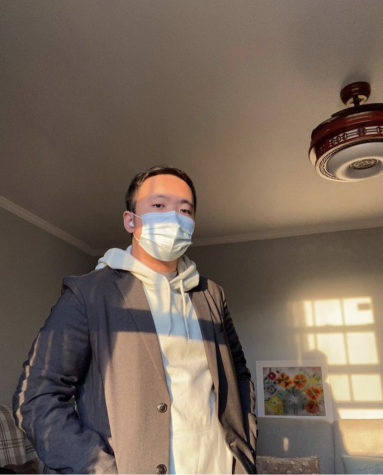
Born and raised in NYC, Tony is a passion-driven community organizer and advocate in making the world a better place. He's an experienced political organizer,...



